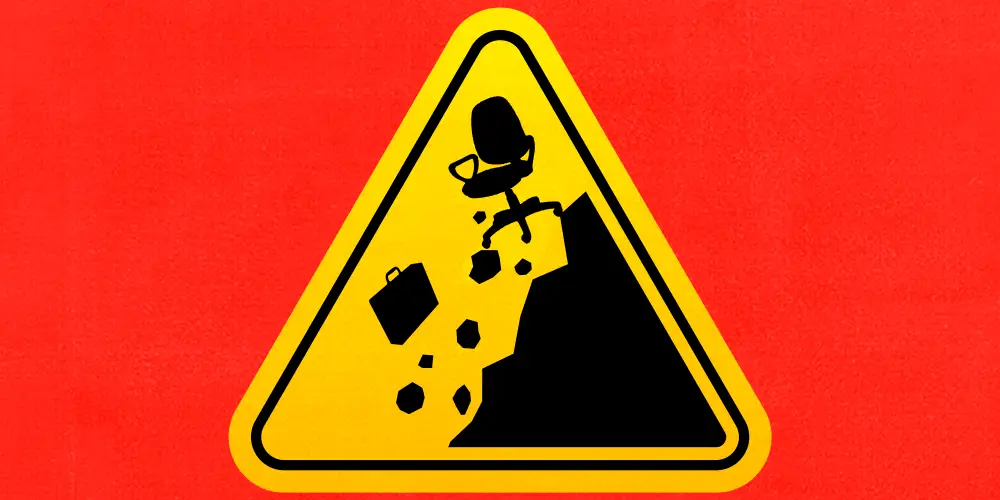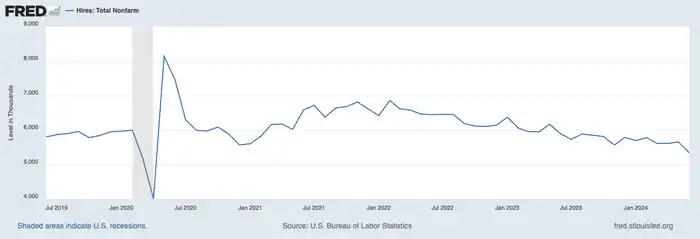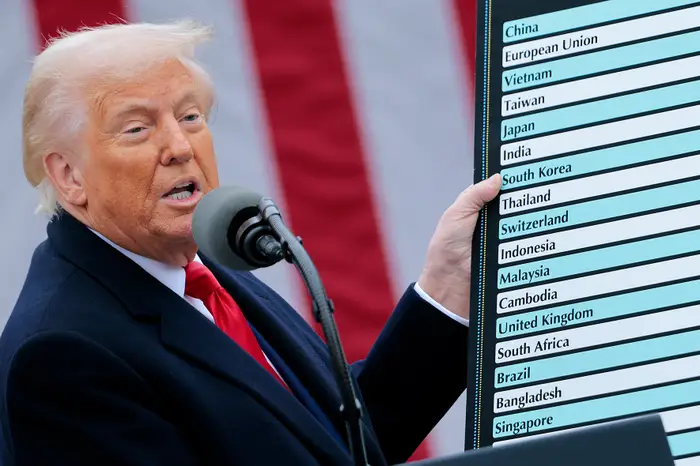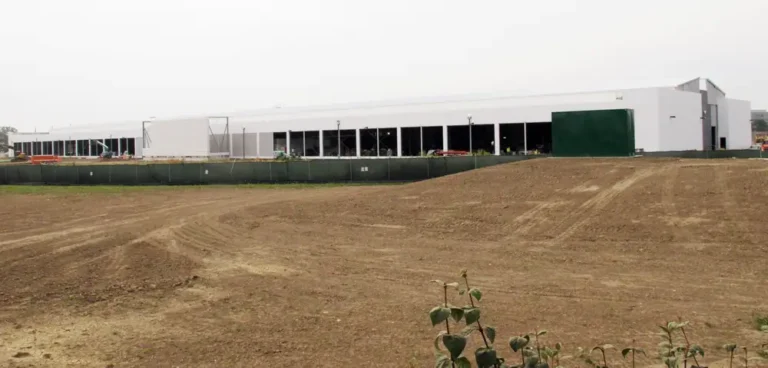The US economy will start losing jobs by the end of this year, top economist says

The US could start to see negative employment reports rolling in by year-end.
That’s according to David Rosenberg, a top economist who’s been warning of weakness in the US labor market for months.
The Rosenberg Research founder foresees the unemployment rate rising past 5% by the end of the year.
“The one thing that I’m focusing on that’s telling me that we’re going to start to see net job loss — I can’t predict the exact month — is that I’m watching the hiring rate. The hiring rate is going down like a hot knife through butter,” Rosenberg said in an interview on The David Lin Report on Tuesday.

The number of new hires has slumped for most of the past year.
But the job market hasn’t posted a net loss of workers in any month this year. That’s largely because firms are still hesitant to let go of workers they’ve hoarded in recent years, Rosenberg said, with some employers still scarred by the worker shortage they encountered in the early days of the pandemic.
Those fears have kept the number of layoffs and discharges low, with employers instead cutting hours for employees, or transitioning full-time workers to part-time, Rosenberg added. The average work week fell to 34.2 hours in July, down from a peak of 35 hours during the pandemic, according to Federal Reserve data.
Rosenberg said that it’s only a matter of time before there are more layoffs than hires.
“Either people will say, ‘Well, you know, it’s just a one-off. It’s just one data point.’ Or, it’s going to cause a lot of people to start figuring out this recession had been delayed, never was derailed,” he said. “The only thing we know with certainty is that the hiring rate, the proxy for labor demand, is falling precipitously, and I don’t think that’s going to be changing anytime soon.”
Signs of weakness have cropped up in official hiring data. Unemployment surged to 4.3% in July, the highest jobless rate recorded since the pandemic. Meanwhile, the government last week reported a steep downward revision to recorded job gains in the year leading up to March 2024, with the economy having added 818,000 fewer jobs than previously thought, according to the Bureau of Labor Statistics.






